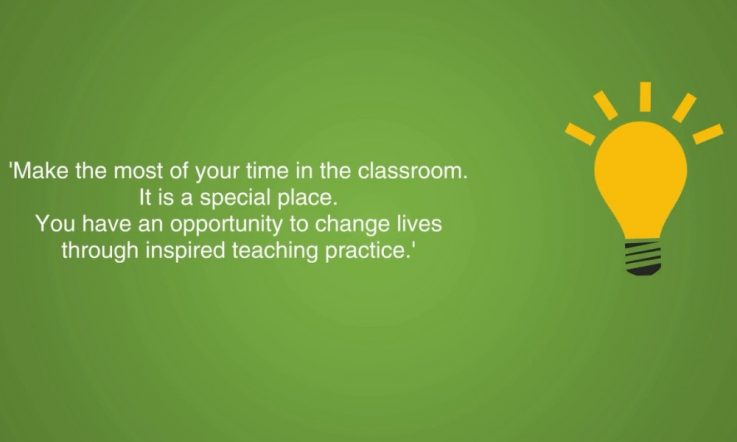Casual relief teaching is a path many educators will take at a point in their career. In fact, it's a position some teachers hold for their entire careers in education. In this article, three casual relief teachers (CRTs) from Queensland offer their insights into this line of work.
Amy Dee is a CRT based in North Brisbane and began working as a CRT in both primary and secondary schools six years ago. Tracey Walker, also from North Brisbane, has been working as a CRT for 18 years and she works in secondary schools. Val Mesh is based on the Sunshine Coast and has been a CRT in both primary and secondary schools since 2011.
The job seeking process
As expected, the hours worked in a typical working week as a CRT may never look the same as the next. Many CRTs elect to join an agency in order to receive work. Walker, Dee and Mesh all obtain work through EPC, a teacher cover group, and it's also common in Queensland to join with TRACER (Teacher Relief and Contract Employment Register) – a department of education supply teacher service for state schools.
‘When I first started doing it, there wasn't much work,' Dee tells Teacher, which is an experience for many CRTs in the beginning. On one occasion, Dee shares, she went an entire term receiving only three days of work.
The educators say the longer you are working as a CRT in an area, the more likely you are to be requested by schools that you have built a relationship with.
‘I have, I suppose, a reputation by certain staff and certain schools that request me in the class,' Walker shares, who works in a number of different schools at any given time.
‘There are some people that do get a lot of work. I was at one point getting quite a lot of work where I could pick and choose,' Mesh tells Teacher. However, he then travelled overseas for six months and upon returning needed to build up a relationship with schools again in order to become a regular call-in once more.
Mesh, as an Art teacher, says he has also experienced a slight lack of opportunity when working in secondary schools in comparison to English and Mathematics trained teachers.
The highlights of working as a CRT
As the mother of a new child, Dee says casual relief teaching suited her needs perfectly.
‘I wanted to keep my hand in for teaching so I kept my classroom management skills up, and I kept up with the curriculum,' she says. And, of course, the flexible hours are also a bonus.
Mesh agrees, adding that once you've developed a relationship with a school, you can be quite flexible with what hours you're working. As well as this, he says a particular benefit of working as a CRT is having the opportunity to try out lesson plans on a variety of classes, and learn how to adapt them for different occasions.
‘The beauty of contract work is you can prepare a bit more for the coming days,' he explains. ‘There are inevitable situations where there is no set work provided or it is insufficient. So you get to play with some lessons of your own devising, particularly in primary school.'
Preparing for a day of work at a new school
How do experienced CRTs prepare for work at a new school? What strategies do they utilise?
Having a structure you stick to is vital, Walker advises. ‘Let [the students] know that you expect them to line up and be quiet, have their books out instead of coming in and fussing.
‘[If] it takes 10 minutes outside to get all their stuff ready, and another 10 or 15 minutes to settle down … that's a lot of time you take out of your program, and that's one of the things I get students to actually recognise.'
Mesh has a similar perspective, saying if there was something he wish he'd known before his first day working as a CRT, it's the intensity of the behaviour management, because some students are always going to try and get out of work. As well as this, Mesh always brings worksheets, a laptop, whiteboard markers and spare pencils and paper.
‘The reason being that, at times, it is not clear if it is an expected absence or not, and work may not be provided,' he explains. ‘I always try and get there with a half hour to spare so I can review the work prepared and/or move to various staff rooms to collect resources.'
Dee also makes sure she arrives at a school early. ‘Also keep in mind that regardless of what school you're in, there are certain things that are just standard across the board as far as teaching goes. [For example] children safety is always a priority no matter what school you're in.'
Val Mesh says that a benefit of casual relief teaching is the opportunity to try out lessons on a variety of classes and learn how to adapt them for different occasions. As a teacher, how often are you adapting your lesson plans? Why is this important for you to do?
As a casual relief teacher, what is one thing you wish you’d have known before your first day on the job? Share your tips by leaving a comment below, on our Facebook page, or via Twitter.



